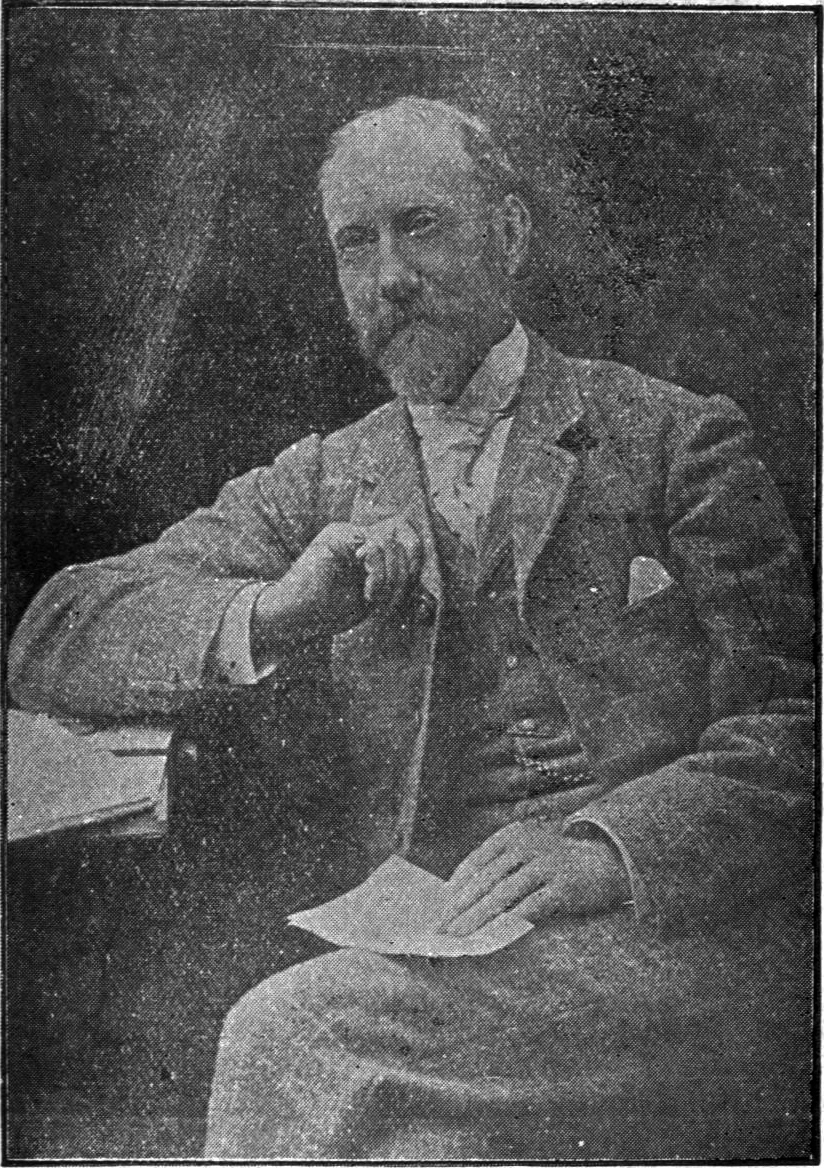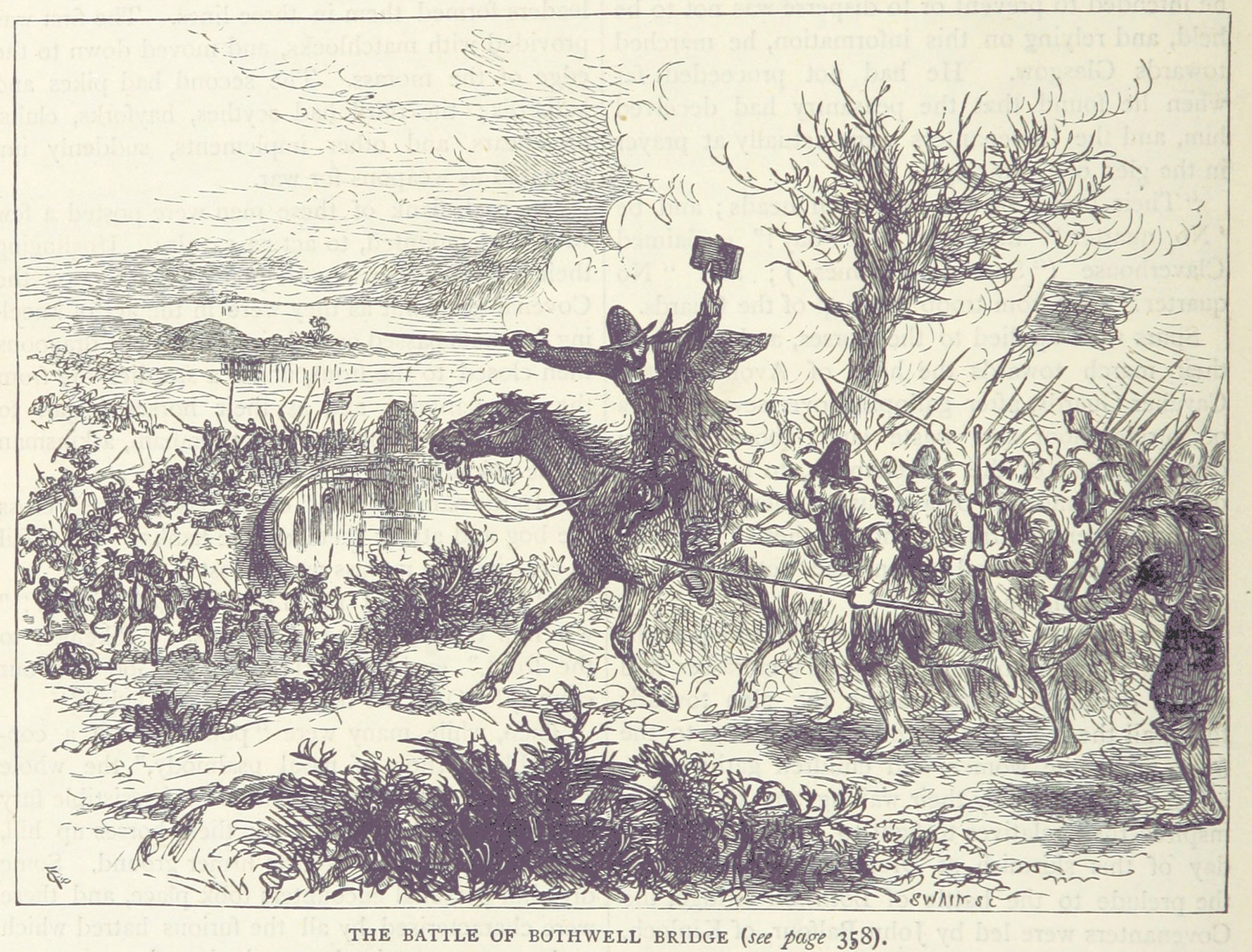|
Sir Peter Wedderburn
Sir Peter Wedderburn, Lord Gosford (1616? – 11 November 1679) was a Scottish judge. Biography Wedderburn was the third son of James Wedderburn, town clerk of Dundee. Sir Alexander Wedderburn was his elder brother. He was born at Dundee about 1616, and was educated at St. Andrews, where he graduated M.A. in 1636. He was admitted advocate on 19 January 1642, and speedily attained prominence at the bar. In January 1658–9 he acquired the estate of Gosford House, Haddingtonshire, from Sir Alexander Auchmuty, not, as is stated in Douglas's ‘Baronage,’ from his uncle, Sir John Wedderburn, who advanced money for the purpose as he had no children and had decided to make Peter his heir. Wedderburn remained firmly attached to the royalists during the civil war; and at the Restoration he was knighted and made keeper of the signet for life, with power to appoint deputies. In July 1661 he was appointed clerk to the privy council, and on 17 June 1668 he was raised to the bench as an o ... [...More Info...] [...Related Items...] OR: [Wikipedia] [Google] [Baidu] |
Dundee
Dundee (; sco, Dundee; gd, Dùn Dè or ) is Scotland's fourth-largest city and the 51st-most-populous built-up area in the United Kingdom. The mid-year population estimate for 2016 was , giving Dundee a population density of 2,478/km2 or 6,420/sq mi, the second-highest in Scotland. It lies within the eastern central Lowlands on the north bank of the Firth of Tay, which feeds into the North Sea. Under the name of Dundee City, it forms one of the 32 council areas used for local government in Scotland. Within the boundaries of the historic county of Angus, the city developed into a burgh in the late 12th century and established itself as an important east coast trading port. Rapid expansion was brought on by the Industrial Revolution, particularly in the 19th century when Dundee was the centre of the global jute industry. This, along with its other major industries, gave Dundee its epithet as the city of "jute, jam and journalism". Today, Dundee is promoted as "One City, ... [...More Info...] [...Related Items...] OR: [Wikipedia] [Google] [Baidu] |
Sir Alexander Wedderburn
Sir Alexander Wedderburn (1610 – 18 November 1676) was a Scottish politician. Biography Wedderburn of Blackness, Dundee, Blackness, Forfarshire, eldest son of James Wedderburn, town clerk of Dundee, by Margaret, daughter of James Goldman, also a Dundee merchant, was born in 1610. Sir Peter Wedderburn was his younger brother. Alexander was educated for the law and passed advocate; but upon the death of his uncle Alexander of Kingennie, whose son was then a minor, he was in 1633 appointed town clerk of Dundee, and held the office till 1675. For his steadfast loyalty he obtained from Charles I in 1639 a tack of the customs of Dundee, and in 1640 a pension of 100l. per annum out of the customs. In September of the same year he was appointed one of the eight Scots commissioners to arrange the treaty of Ripon. In October following he had an exoneration and ratification from the king, and in 1642 a knighthood was conferred on him. He represented Dundee in the Scottish parliament, 1644� ... [...More Info...] [...Related Items...] OR: [Wikipedia] [Google] [Baidu] |
Gosford House
Gosford House is a neoclassical country house around northeast of Longniddry in East Lothian, Scotland, on the A198 Aberlady Road, in of parkland and coast. It is the family seat of the Charteris family, the Earls of Wemyss and March. It was the home of the late Rt. Hon. David Charteris, 12th Earl of Wemyss, chief of the name and arms of Charteris, until his death in 2008. In 2009, it was inherited by James Charteris, 13th Earl of Wemyss and March (known by the courtesy title of Lord Neidpath) although the Earl and his wife, drug researcher Amanda Feilding, reside at Stanway House in Gloucestershire. The south wing is the family home portion of the estate. The estate, listed on 5 February 1971 as Gosford House With Screen Walls and Garden Statuary, LB6533, includes numerous listed buildings, notably the house, the stables and the mausoleum which are all Category A listed. The grounds are included in the Inventory of Gardens and Designed Landscapes in Scotland. History Prev ... [...More Info...] [...Related Items...] OR: [Wikipedia] [Google] [Baidu] |
John Wedderburn (physician)
John Wedderburn may refer to: * John Wedderburn (poet), Scottish poet and theologian * Sir John Wedderburn of Ballindean Sir John Wedderburn of Ballindean, 6th Baronet of Blackness (1729–1803) was a Scottish landowner who made a fortune in Sugar plantations in the Caribbean, slave sugar in the West Indies. Born into a family of impoverished Perthshire gentry, hi ..., Scottish landowner and planter * Sir John Wedderburn, 5th Baronet of Blackness, joined the 1745 rebellion of Charles Edward Stuart {{hndis, Wedderburn, John ... [...More Info...] [...Related Items...] OR: [Wikipedia] [Google] [Baidu] |
John Dickson, Lord Hartree
John Dickson, Lord Hartree or Hartrie (1600–1653) was a 17th-century Scottish judge and Senator of the College of Justice and a Member of Parliament. Life He was born in July 1600. He trained in law but made much of his income from his estates. In 1630 he acquired the Kilbucho estate from the Earl of Morton. In 1633 he acquired the Hartree estate 1 mile south of Biggar, South Lanarkshire, Biggar, previously controlled by the Brown family, but under the feudal ownership of the Earl of Traquair. He was Depute Clerk Register to Sir Alexander Gibson, Lord Durie. He was Commissioner for Peeblesshire 1644 to 1651. Not until 1649 did he become an advocate and this seems to have been a contrivance to allow his election as a Senator of the College of Justice to replace his wife's uncle, George Haliburton, Lord Fodderance. In 1649/50 he was MP for Peeblesshire. In November 1650 he presided over the execution trial of an "English spy" Mosse. He died at Hartree Tower in 1653. Fami ... [...More Info...] [...Related Items...] OR: [Wikipedia] [Google] [Baidu] |
Alexander Wedderburn, First Earl Of Rosslyn
Alexander Wedderburn, 1st Earl of Rosslyn, PC, KC (3 February 1733 – 2 January 1805) was a Scottish lawyer and politician who sat in the House of Commons between 1761 and 1780 when he was raised to the peerage as Baron Loughborough. He served as Lord High Chancellor of Great Britain from 1793 to 1801. Life Wedderburn was the eldest son of Peter Wedderburn, Lord Chesterhall (a lord of session), and was born in East Lothian. He received his basic education at Dalkeith and at the Royal High School, Edinburgh, and matriculated at the University of Edinburgh aged 14. Though he wanted to practise at the English bar, in deference to his father's wishes he qualified as an advocate at Edinburgh, in 1754. His father was called to the bench in 1755, and for the next three years Wedderburn stuck to his practice in Edinburgh, when he employed his oratorical powers in the General Assembly of the Church of Scotland, and passed his evenings in social and argumentative clubs. ... [...More Info...] [...Related Items...] OR: [Wikipedia] [Google] [Baidu] |
Sir William Wedderburn
Sir William Wedderburn, 4th Baronet, JP DL (25 March 1838 – 25 January 1918) was a British civil servant and politician who was a Liberal Party member of Parliament (MP). Wedderburn was one of the founding members of the Indian National Congress. He was also the president of Congress in 1889 and 1910, Allahabad session Early life William Wedderburn was born in Edinburgh, the fourth and youngest son of Sir John Wedderburn, 2nd Baronet and Henrietta Louise Milburn. His grandfather, Sir David, had had the title of the Wedderburn baronetcy restored to the family, following the attainder after the Jacobite rising of 1745 and the subsequent regain of fortune via the slave sugar plantations of Jamaica. William was educated at Hofwyl Workshop, then Loretto School and finally at Edinburgh University. He joined the Indian Civil Service as his father and an older brother had done. His older brother John had been killed in the 1857 uprising and William joined the servic ... [...More Info...] [...Related Items...] OR: [Wikipedia] [Google] [Baidu] |
1610s Births
Year 161 ( CLXI) was a common year starting on Wednesday (link will display the full calendar) of the Julian calendar. At the time, it was known as the Year of the Consulship of Caesar and Aurelius (or, less frequently, year 914 ''Ab urbe condita''). The denomination 161 for this year has been used since the early medieval period, when the Anno Domini calendar era became the prevalent method in Europe for naming years. Events By place Roman Empire * March 7 – Emperor Antoninus Pius dies, and is succeeded by Marcus Aurelius, who shares imperial power with Lucius Verus, although Marcus retains the title Pontifex Maximus. * Marcus Aurelius, a Spaniard like Trajan and Hadrian, is a stoical disciple of Epictetus, and an energetic man of action. He pursues the policy of his predecessor and maintains good relations with the Senate. As a legislator, he endeavors to create new principles of morality and humanity, particularly favoring women and slaves. * Aurelius reduces ... [...More Info...] [...Related Items...] OR: [Wikipedia] [Google] [Baidu] |
1679 Deaths
Events January–June * January 24 – King Charles II of England dissolves the "Cavalier Parliament", after nearly 18 years. * February 3 – Moroccan troops from Fez are killed, along with their commander Moussa ben Ahmed ben Youssef, in a battle against rebels in the Jbel Saghro mountain range, but Moroccan Sultan Ismail Ibn Sharif is able to negotiate a ceasefire allowing his remaining troops safe passage back home. * February 5 – The Treaty of Celle is signed between France and Sweden on one side, and the Holy Roman Empire, at the town of Celle in Saxony (now in Germany). Sweden's sovereignty over Bremen-Verden is confirmed and Sweden cedes control of Thedinghausen and Dörverden to the Germans. * February 19 – Ajit Singh Rathore becomes the new Maharaja of the Jodhpur State a principality in India also known as Marwar, now located in Rajasthan state. * March 6 – In England, the "Habeas Corpus Parliament" (or "First Exclusion Parliament" ... [...More Info...] [...Related Items...] OR: [Wikipedia] [Google] [Baidu] |
17th-century Scottish Judges
The 17th century lasted from January 1, 1601 ( MDCI), to December 31, 1700 ( MDCC). It falls into the early modern period of Europe and in that continent (whose impact on the world was increasing) was characterized by the Baroque cultural movement, the latter part of the Spanish Golden Age, the Dutch Golden Age, the French '' Grand Siècle'' dominated by Louis XIV, the Scientific Revolution, the world's first public company and megacorporation known as the Dutch East India Company, and according to some historians, the General Crisis. From the mid-17th century, European politics were increasingly dominated by the Kingdom of France of Louis XIV, where royal power was solidified domestically in the civil war of the Fronde. The semi-feudal territorial French nobility was weakened and subjugated to the power of an absolute monarchy through the reinvention of the Palace of Versailles from a hunting lodge to a gilded prison, in which a greatly expanded royal court could be mo ... [...More Info...] [...Related Items...] OR: [Wikipedia] [Google] [Baidu] |




